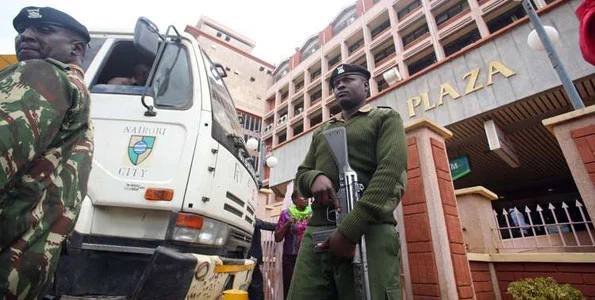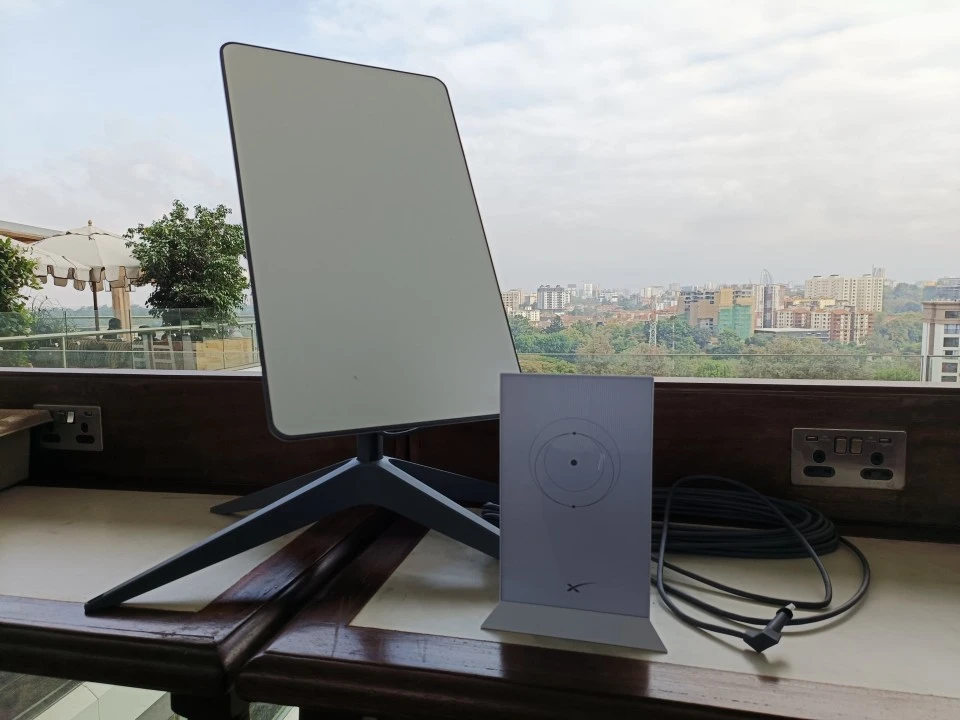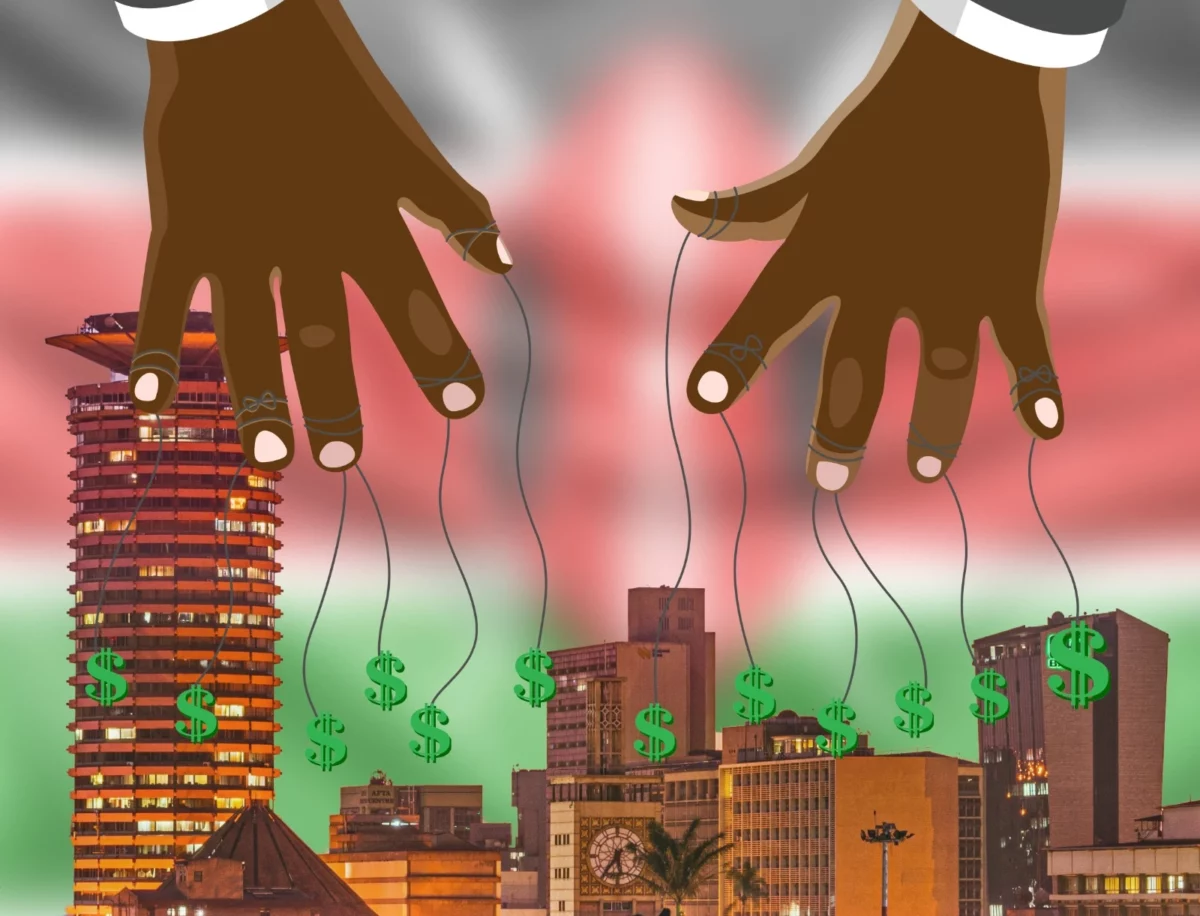Kenya Power (KPLC) headquarters at Stima Plaza in Nairobi’s Central Business District (CBD) turned into an impromptu dumpsite this Monday morning. Nairobi County officers dumped truckloads of garbage at the entrance of Stima Plaza, halting all business operations in the office block.
This was the latest move in an escalating standoff between Kenya Power and Nairobi County over an outstanding electricity bill amounting to Ksh3.01 billion.

A Standstill at Stima Plaza
In footage reviewed by Switch Media’s keen editors, KPLC staff were seen standing outside the building, their workstations rendered unusable by the unbearable stench of rotting waste. County officers had also clamped Kenya Power’s vehicles parked around the premises, escalating the situation.
KPLC’s Commercial and Sales General Manager, Eng. Rosemary Oduor, confirmed the incident, describing how county garbage trucks strategically blocked access to the offices and consequently halted operations.
“We were in the middle of our normal operations when, out of nowhere, Nairobi County garbage trucks arrived and offloaded waste right at our doorstep,” she stated. “Several more trucks remained on standby, seemingly ready to escalate the action if necessary.”
The county government had not stopped at garbage dumping—water and sewer connections to KPLC offices across Nairobi had also been cut, further tightening the noose.
READ ALSO: ‘Dishi na County’ Kicks Off in Nairobi County
The Battle Over Billions
The morning spectacle wasn’t just about an unpaid debt; it was a public flex of authority in a battle that has long simmered beneath the surface.
Nairobi County and Kenya Power have been entangled in a drawn-out dispute over the reconciliation of electricity bills, with both sides scrutinizing invoices.
Oduor explained that Kenya Power, as a service provider, bills the county for electricity consumption, but payments have remained sporadic and contentious.
“Over time, Nairobi County has raised multiple concerns regarding their bills, and we have been in negotiations,” Oduor noted. “Both teams have been working to verify the outstanding balances, a process that is nearly complete.”
A repayment plan had been agreed upon, with Nairobi County committing to begin settling its debt in November 2024. However, according to Oduor, those payments never materialized.
“Our reminders have gone unanswered, and last week, we proceeded to disconnect the power supply to county facilities due to the mounting arrears,” she added.
The Economic Ripple
Beyond the immediate standoff, unpaid bills in the energy sector create a domino effect that ripples through the economy. Kenya Power collects revenue on behalf of electricity generators, transmission firms, and regulatory bodies, ensuring a functioning power ecosystem.
“When such large amounts remain unpaid, the entire energy sector feels the strain,” Oduor emphasized. “The financial gap left by defaulting entities disrupts power generation and distribution, ultimately affecting consumers.”
As Nairobi County and Kenya Power continue their standoff, one thing is clear—without an amicable resolution, the fight will only escalate, with Nairobians caught in the crossfire of a high-stakes financial tug-of-war.
Whether this latest dramatic episode will push both parties toward a resolution remains to be seen, but for now, the garbage dumped at Stima Plaza highlights the depth of unresolved debts and bureaucratic friction lying underneath.











































